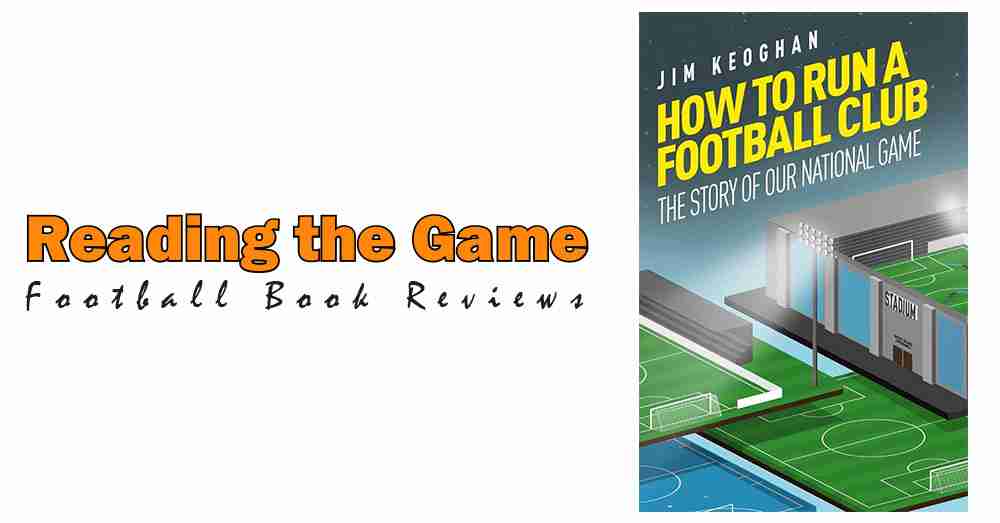Over the last six months, I’ve reviewed 13 football books and read others which I haven’t covered here. I’ve read a fair bit about other subjects too, so I suppose if I can take anything positive from the most recent restrictions, it’s that I’m reading in a way I haven’t since I was a kid. I mention this because it’s relevant to this week’s review, which is of a book I consumed like Bruce Bogtrotter consumed Miss Truchbull’s cake in Matilda.
The book? How to Run a Football Club by Jim Keough. I’d like to think I know a tiny bit about this subject, having been either on the Board of Directors or Management Committee of three clubs in the South of England and volunteered for a fourth in the North West. That doesn’t mean I can’t learn more, and I absolutely did; Keough interviewed masses of people but importantly, they were the right people. From The FA to clubs at all levels, Keough sought insight from individuals with experience and insight into the challenges facing the beautiful game.
Having got access to club officials, senior people at The FA, Football Foundation and other key organisations, Keough lets his interview subjects discuss their individual specialities at length, then weaves the quotes together skilfully. The result is an enormously readable book, which feels at times almost like the transcript of a conversation. It’s a neat trick if you can pull it off so the fact that Keough does so both consistently and seemingly effortlessly is a tribute to his skill as a writer. It helps that Keough has managed to talk to a series of well-informed stalwarts of English football at all levels, including The FA’s Kelly Simmons, Lewes FC Chairman Stuart Fuller and a host of others.
Another plus is that How to Run a Football Club goes as wide as it does deep. It starts with the author removing dog mess from the pitch used by the kids’ team he coaches but doesn’t get stuck in an 11v11, men’s football rut. Whilst moving through the football pyramid, from youth football, into Sunday League, then the non-League pyramid, Keough also makes several stops before exploring the realities of life in the professional game. Women’s football, the challenges facing Disability Football Clubs, Futsal and Walking Football receive the same consideration as other branches of football; Keough seeks out the people at the “sharp end”, whether they run clubs or work within the game another way, then lets those people do the talking.
As a result, I learned a huge amount from this book. I gained a genuine insight into the challenges faced by those clubs which play different forms of football, which, to my shame, I hadn’t really considered even while working for the Middlesex County FA. But I also got a sense that, while running football clubs at all levels has probably never been harder, there is a resilience among those still taking up the challenge.
Any football fan genuinely interested in what keeps their club on the field should read this book and it would be a real education for those fans (especially of non-League clubs) who don’t currently think too deeply about the ‘behind the scenes’ stuff. How to Run a Football Club is an engaging look at the state of English football and the challenges faced by the game. I genuinely couldn’t put it down and that’s possibly the greatest recommendation I can make.
As ever at the end of these reviews, I’m including a link to Stanchion, the independent football bookshop. However, at the time of writing, they’re out of stock, so you might want to check out the listing on the Pitch Publishing website as well.
